After 50 Years, “Midnight Cowboy” Stands Alone
By Ryan Di Corpo
By the mid-1960s, the English director John Schlesinger had established a reputation as both an internationally successful artist and a unique cinematic voice.
It was the screen adaptation of “Midnight Cowboy,” the bold 1965 novel by James Leo Herlihy, that would not only win the Oscar for Schlesinger but stand as one of the landmark films of its decade. “Midnight Cowboy” broke down the doors of 1960s cinema — tortured by the bedlam in Vietnam and yet still saturated in kaleidoscopic musicals — and announced the arrival of grittier, more realistic stories on the horizon.
As the first (and only) X-rated film to earn the Academy Award for Best Picture, “Midnight Cowboy” signaled a change in audience’s appetites, as moviegoers embraced harder-edged tales and characters who acted nothing like the stars of bygone decades. Fifty years since its release, “Midnight Cowboy” remains a monument to artistic risk. In celebration of this anniversary, The Fordham Ram spoke with six people connected to the film.
Origins of the Picture
“An American painter living in London sent copies of Herlihy’s book to John [Schlesinger] and said, ‘I think this might make a wonderful movie,’” said Michael Childers.
A noted celebrity photographer and 37-year life partner to the late Schlesinger, who died in 2003, Childers served as assistant to the director and on-set photographer during production for “Midnight Cowboy.” He recounted the extended and taxing process of finding a screenwriter for the film.
“After three other writers attempted to write the screenplay, they were all fired and Waldo Salt was brought in,” said Childers. “And that’s how the script was created over a period of about nine months of research and rewrites and traveling to Texas.”
Salt had no small feat ahead of him, as the topics explored in Herlihy’s novel would undoubtedly translate into a provocative picture.
The film and novel both concern Joe Buck, a male prostitute who moves from Texas to New York City to try his hand at hustling wealthy women. Broke and startled by his misfortunes, Buck meets Enrico “Ratso” Rizzo, an unwashed con artist and petty thief living in a condemned apartment complex. The resilient friendship between Buck and Rizzo lends the film and novel their emotional weight.
Finding major studio support for a film tackling issues of sexual identity, religion, alienation, prostitution, poverty and urban decay would be nearly impossible. Enter United Artists.
“We were not a studio,” said David V. Picker. “We financed motion pictures and distributed them worldwide.” By 1969, Picker was president and C.E.O. of UA — a longstanding, independent company — where he quickly made known his keen eye for successful projects. “I had enormous room [at UA] to develop unusual material,” he said.
According to former Rogers & Cowan president Kathie Berlin, who served as press agent for the film, UA was afforded a rare artistic freedom and was more willing than the major studios to finance controversial projects.
“It truly was the first independent company of its kind,” said Berlin. “… They answered to no one but themselves.”
Casting the Actors
Schlesinger, alongside legendary casting director Marion Dougherty, were tasked with finding talented actors to fit the two main roles. Enrico Rizzo “from the Bronx” was found in young star Dustin Hoffman.
“The first actor we cast was Dustin,” said Childers. “The producer, Jerry Hellman, had seen him in an Off-Broadway play, and just thought that he was extraordinary.”
After delivering a Drama Desk Award-winning performance in “Eh?,” a play by Henry Livings, Hoffman landed the role in “Midnight Cowboy.” A newcomer to film, he catapulted to international stardom as Benjamin Braddock in the 1967 hit “The Graduate,” released during the production of “Midnight Cowboy.” According to Childers, having an instant “matinée idol” on board certainly helped generate interest in the film.
Finding Joe Buck was a more complicated job. While Dougherty championed actor Jon Voight from the start, Schlesinger remained unconvinced. “There were five contenders for the cowboy and there were five screen tests done,” explained Childers. “The actor who was originally cast as the cowboy was Michael Sarrazin, an actor who was hot in the late ’60s. And he was under contract to Universal, and once it was announced that he was cast they tripled his asking price — which was terrible for Sarrazin and good for the film ‘Midnight Cowboy.’”
Known for her prolific work in theater, film and television, cast member Brenda Vaccaro received a 1976 Academy Award nomination for “Jacqueline Susann’s Once Is Not Enough.” The three-time Tony nominee recalled her casting in “Midnight Cowboy.”
“John came to see me in a Broadway play I was in called ‘How Now, Dow Jones,’ which was about a very self-effacing girl in the stock market,” she said. “And it was such the opposite of the part that he was casting. It was just by chance that Marion Dougherty decided to call me in to read for [Schlesinger].”
Signs of the Times

The making of the film had its trials. Schlesinger suffered recurring doubts about the project, experiencing “moments of great denial,” according to Vaccaro. Further, production took place in the midst of the violence, social chaos and political instability that defined America in the late ’60s.
“While we were filming the movie, Robert Kennedy was assassinated, Martin Luther King was assassinated,” said Childers. “New York was in terrible shape and in decline. I mean, the place was falling apart.”
Pulitzer Prize-winning journalist Glenn Frankel, preparing a new book on “Midnight Cowboy,” commented on the rise and eventual fall of the city. “After World War II and through a lot of the ’50s, it’s the greatest city in the world,” he said. “… Certainly by the late ’60s crime is up, the murder rate is as high as it’s gonna get, unemployment is up, jobs are fleeing the city — especially manufacturing jobs.”
Perhaps no single scene in the film is more a vision of the 1960s than the psychedelic party hosted by Andy Warhol associates. In the film, Buck and Rizzo are eating at a diner when Buck is handed an invitation to a Witches’ Sabbath happening. The invitation reads: “Join Us at the Gates of Hell.”
The sequence where Buck and Rizzo meet Shirley (played by Vaccaro) was meant to feature Warhol himself. Plans for his cameo were scrapped after he was shot in his studio on Jun. 3, 1968. Childers, who worked with Warhol at Interview magazine, explained the concept for the party. “I said, ‘Let’s do it like a Warhol party,’” he said. “And the production designer John Robert Lloyd, [who] was brilliant, … created this extraordinary loft. And then I got all the superstars from The Factory to come work on the film for a week of filming.”
The party, shot like a drug trip, finds Buck drifting into a marijuana haze while Rizzo does his best to the avoid the crowd. Eventually, Buck and Vaccaro find their way into a darkroom (Childers’ actual working darkroom) before going home with each other.
“I think John [Schlesinger] was just wandering around with cameras and everyone was stoned on acid,” said Vaccaro. “… I never had any marijuana in my life. And Burtt Harris, who was the AD, who was just divine, did a phony cigarette for me with some sort of nutmeg or some powder.”

In his search for the bizarre, Schlesinger assembled a strange cast of characters including, according to Vaccaro, a woman who arrived with a dyed green monkey perched on her shoulder. “I thought it was kinda nuts,” said Vaccaro. “I was glad when it was over because there were just too [many] weird people there.”
Finding the Sound
The film is remembered as much for its stunning performances and willingness to push the envelope as it is for its soundtrack. “Everybody’s Talkin,” the film’s opening track penned by Fred Neil and arranged by George Tipton, became a Grammy Award-winning hit for singer Harry Nilsson. Schlesinger selected the track instead of the originally considered Nilsson tune, “I Guess the Lord Must Be in New York City,” among many other submissions by different songwriters.
“I think it was one of the first films where the music really was a character,” said Kathie Berlin. John Barry served as musical supervisor, while Belgian harmonicist Jean “Toots” Thielemans provided the film’s lonely, lasting refrain.
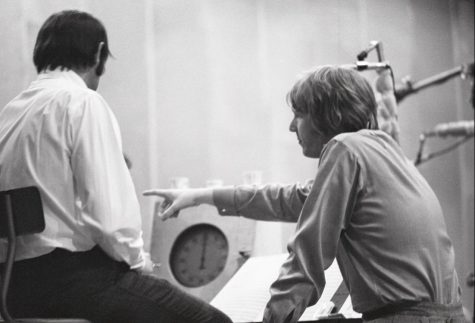
Arranger and conductor Garry Sherman, a two-time Pulitzer Prize-nominee known for his work with Van Morrison and The Drifters, was chosen to conduct three songs and score part of the picture. Two people associated with the film attended a performance of Sherman’s symphony, “Idioms,” at Lincoln Center. Then, Sherman received a phone call.
“It’s the most unusual film score I’ve ever done,” said Sherman. “They called me … on a Monday and over the phone, they gave me the film counts. I never saw the film until I was in the studio.”
For “Midnight Cowboy,” Sherman arranged and conducted “He Quit Me,” performed by Leslie Miller, and “A Famous Myth” and “Tears and Joys” — both performed by The Groop. Sherman told how his parts of the score were recorded in studio, where he met Schlesinger and several others.
“I did two sessions — one with a large orchestra, one with a smaller one,” he said. “And when I got done, they had a music production team. Normally then, the composer sits down with the sound editor and lays in each piece where it goes. Never happened. They did all that work.”
Instead of scoring the entirety of the film, the music producers opted to repeat sections of “Everybody’s Talkin’” like a leitmotif at different moments.
“Typically, when you do a film score, you do … anywhere between 35 and 60, 65 cues, and they’re short cues,” explained Sherman. “Not so in this movie. What they did was they took the Nilsson thing, which is probably a three or four minute recording, and they kept using it over and over … You had a lot of chances to cut, and that’s the way they used it.”
Rating, Release and Reception
When the film was completed, Kathie Berlin went to the ratings board, which originally gave the film an R. However, after psychologists considered the picture’s “homosexual frame of reference,” the film was slapped with an X. United Artists kept it that way.
“I remember long discussions, and finally [Arthur] Krim, [Richard] Benjamin and Picker said, ‘It’s X. Let’s move on,’” recalled Berlin. As for Picker, he saw the X rating as a marketing opportunity. He provides a good example of the spirit behind the making of the film.
“I thought it was kind of exciting, to be true,” said Picker. “I love it when someone tells you [that] you shouldn’t do something.” Schlesinger wasn’t concerned either, taking a certain glee in the forbidden rating. Vaccaro, doing her best Schlesinger, recalls his reaction: “You know, darling, we’re X rated!”
Despite psychologists’ warning to UA and the film’s moments of gay content — Buck picked up by the young student, Shirley’s teasing of Buck after a failed sexual encounter — there are a variety of opinions on whether or not it qualifies as a “gay film.” Here’s Michael Childers on the subject:
“It’s not a gay story at all,” he said. “The script was never meant to be that.” However, Childers believes that the June 1969 uprising at Greenwich Village’s Stonewall Inn, known as the birthplace of the gay rights movement, likely “enhanced” the film. For Childers, Stonewall was “very prophetic about what was to come and what was happening.”
Vaccaro does not consider it to be a gay film either. “It’s the dilemma of a guy that’s selling himself for sex and how he could put his conscience aside to make the money,” she said.
Even with an X-rated film, Berlin did not encounter much trouble promoting the picture. She spoke about getting press for the film. “There were some places that we did not get, things we might’ve gotten, because it was an X,” she remembered. “Once we started showing it, the word of mouth moved really fast and everyone wanted to see it.”
According to Childers, a screening of the rough cut at UA was met with tears and applause. He recalls the fear and excitement surrounding the film’s premiere in New York City on May 25, 1969.
“I remember opening day going with John and the producer … We were hiding at Bloomingdale’s across the street, and they phoned us and said the lines were so long,” said Childers. “[They] were three blocks long around the Coronet Theater on Third Avenue.”
Berlin recalled Picker trying to move people out of the Coronet when the film concluded. “When it was over, nobody left,” she said. “They sat and talked to each other. They stayed in the lobby. … We knew then that we had really something special.”
Immediate reaction was mixed, with some lauding the film while detractors remained uncompromising in their derision. Roger Ebert called the film “an offensively trendy, gimmick-ridden, tarted-up, vulgar exercise in fashionable cinema.” However, Wanda Hale of the New York Daily News referred to the picture as “a horror film but extremely well done by producer Jerome Hellman and John Schlesinger.”
According to Childers, Joan Crawford, Bette Davis and Lucille Ball all wrote to Schlesinger, expressing their love for the film.
In 1970, “Midnight Cowboy” received seven Academy Award nominations — Best Picture (Hellman), Director (Schlesinger), Writing (Salt), two for Actor (Voight and Hoffman), Supporting Actress (Miles) and Editing (Robertson).
“That was staggering,” said Berlin.
But the film faced stiff competition against that year’s Oscar favorite: George Roy Hill’s “Butch Cassidy and the Sundance Kid.”
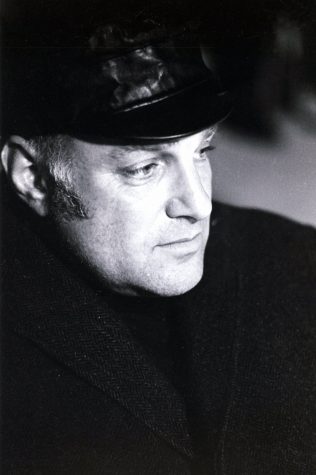
According to Childers, “Butch Cassidy” producer John Foreman was “ten feet down the aisle” to collect his Oscar when he heard “Midnight Cowboy” had won Best Picture — alongside Best Writing and Best Director for Schlesinger.
“We just were in a state of shock,” said Berlin. “State of shock. And I think that was when I thought, ‘Oh my God, good movies can win.’”
Five Decades Later
Currently, “Midnight Cowboy” is ranked as number 43 on the AFI’s 100 Greatest American Films of All Time. Dustin Hoffman’s oft-imitated, improvised quote, “I’m walking here! I’m walking here!,” is listed as number 27 on AFI’s 100 Greatest Movie Quotes of All Time. The film not only raised the profile of United Artists but acted as a bellwether for a fresh crop of unflinching, challenging films such as “Straw Dogs,” “Taxi Driver” and “A Clockwork Orange.”
Picker provided some commentary on how “Midnight Cowboy” maintains its crackling vitality and longstanding appeal.
“Movies are part of the culture of America, and certain movies are talked about forever,” he said.

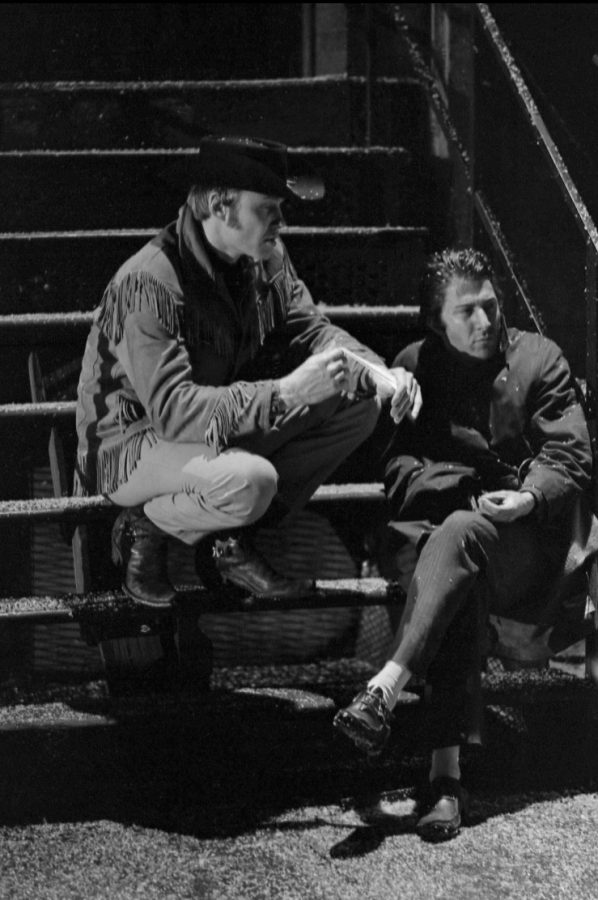
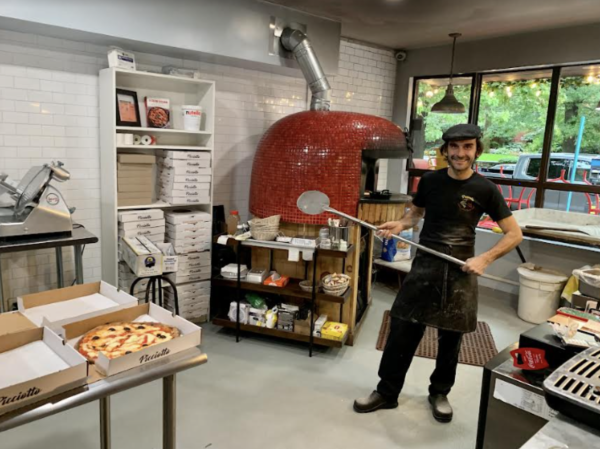
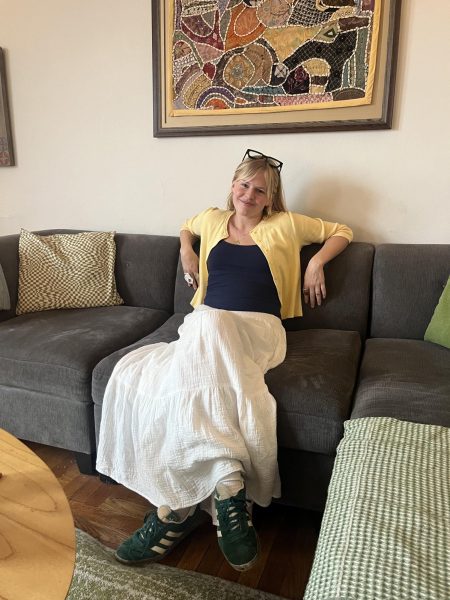
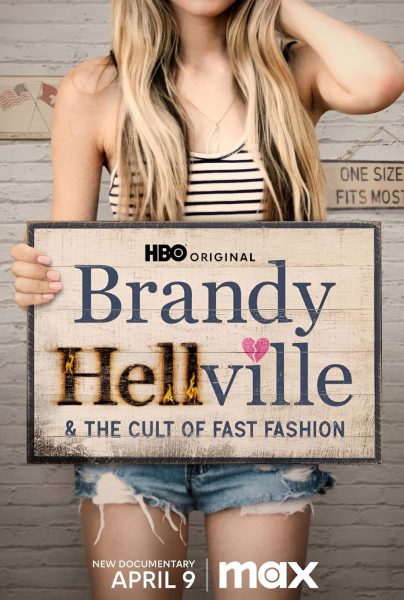
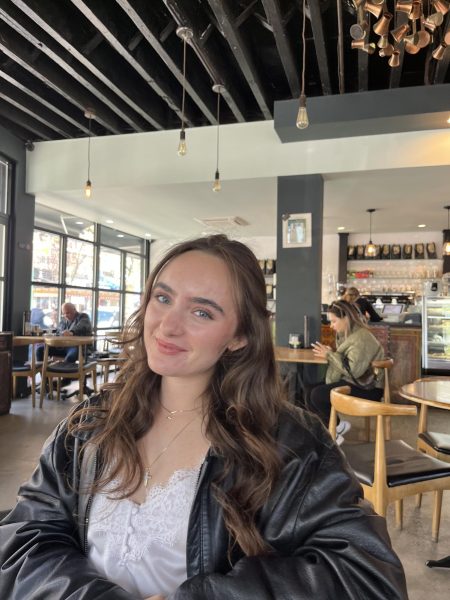

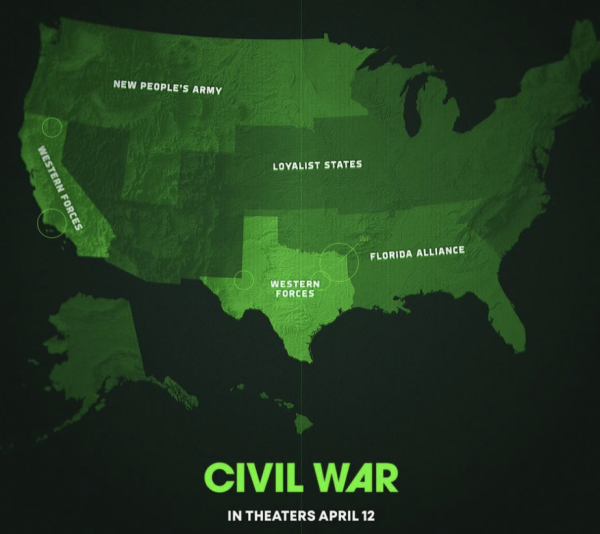
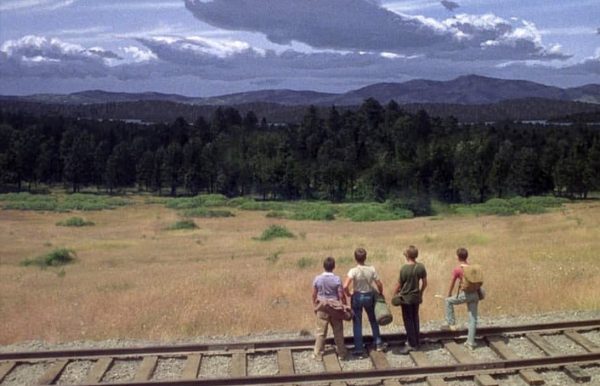
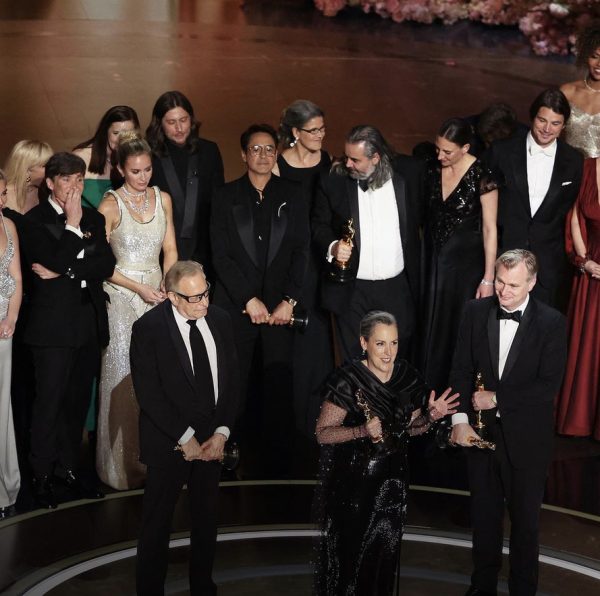
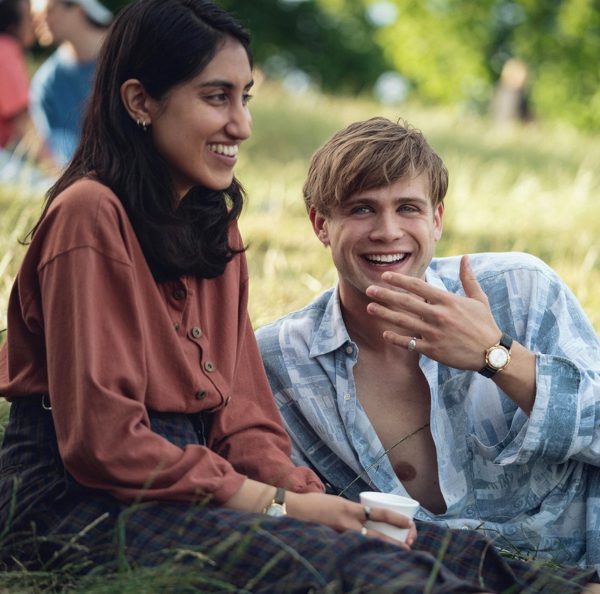
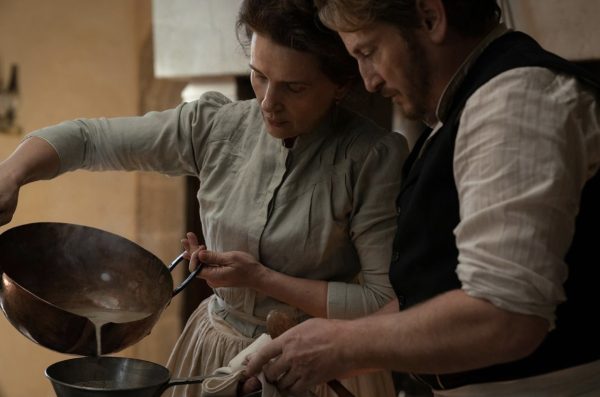
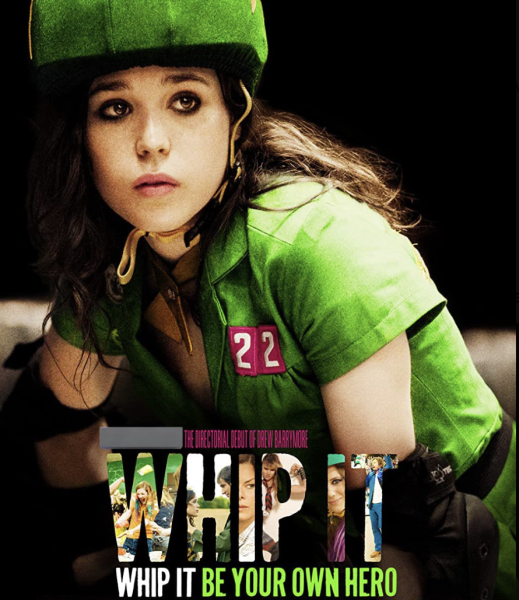
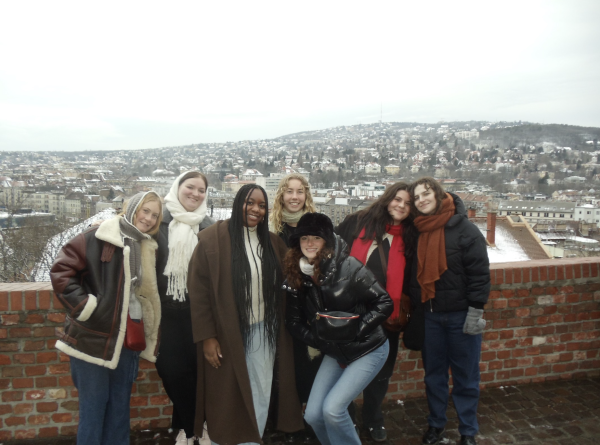
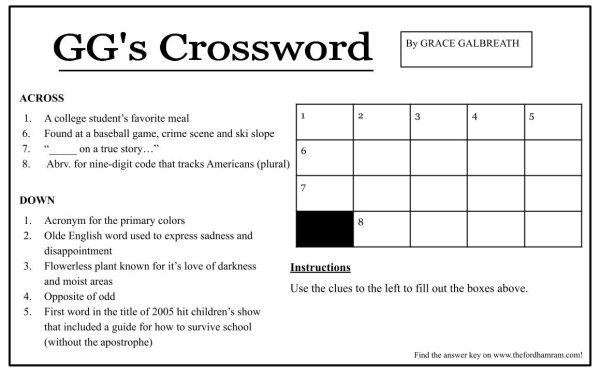
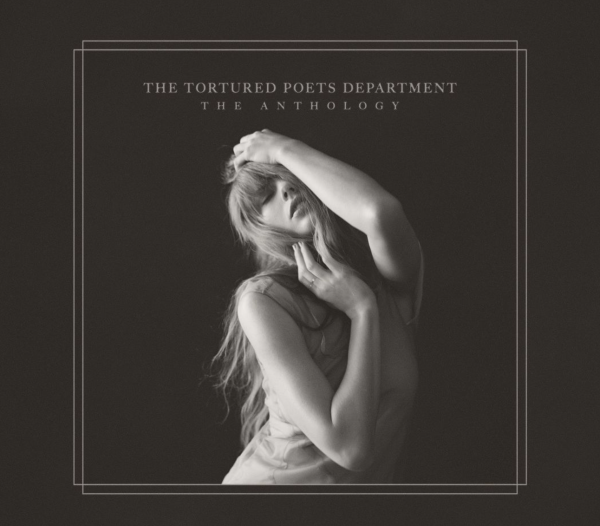
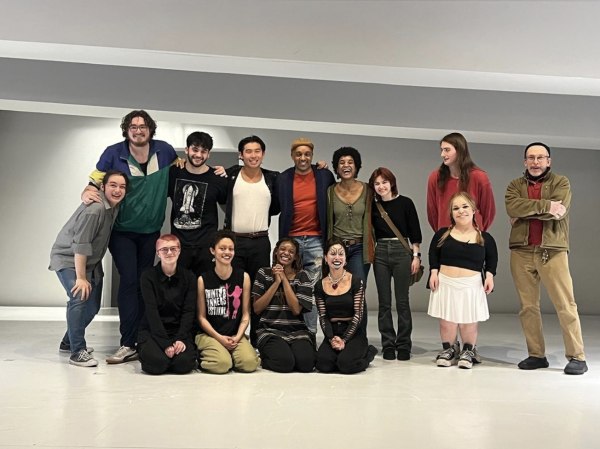
Noah • Oct 1, 2020 at 9:38 am
Amazing job with this piece. Midnight Cowboy is one of my favorite pictures, and I agree with how you categorize the film as a “monument to artistic risk.” Amazing work!